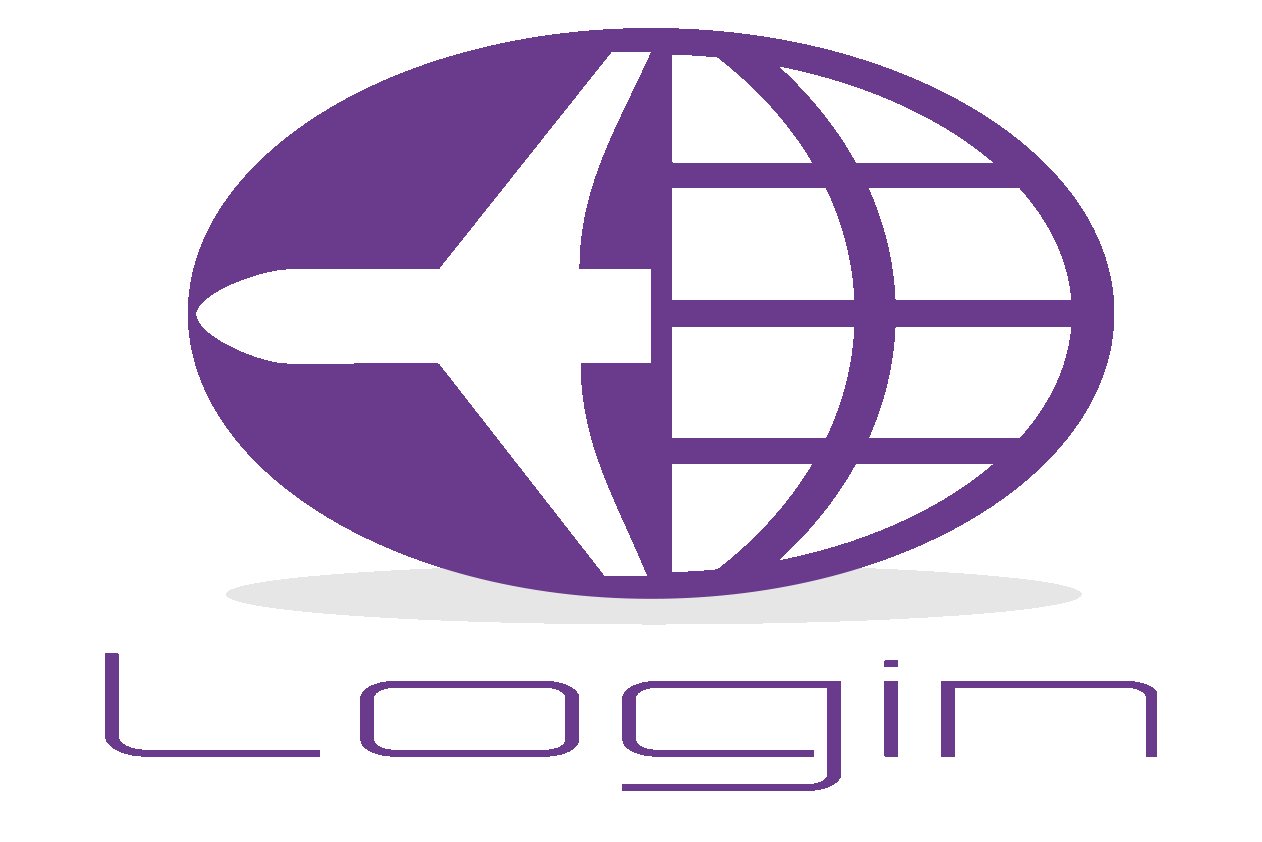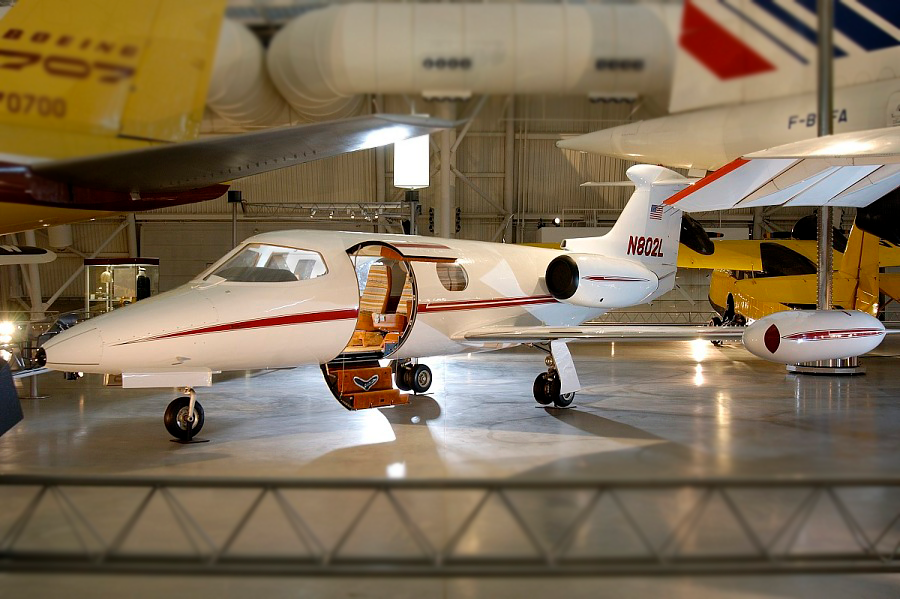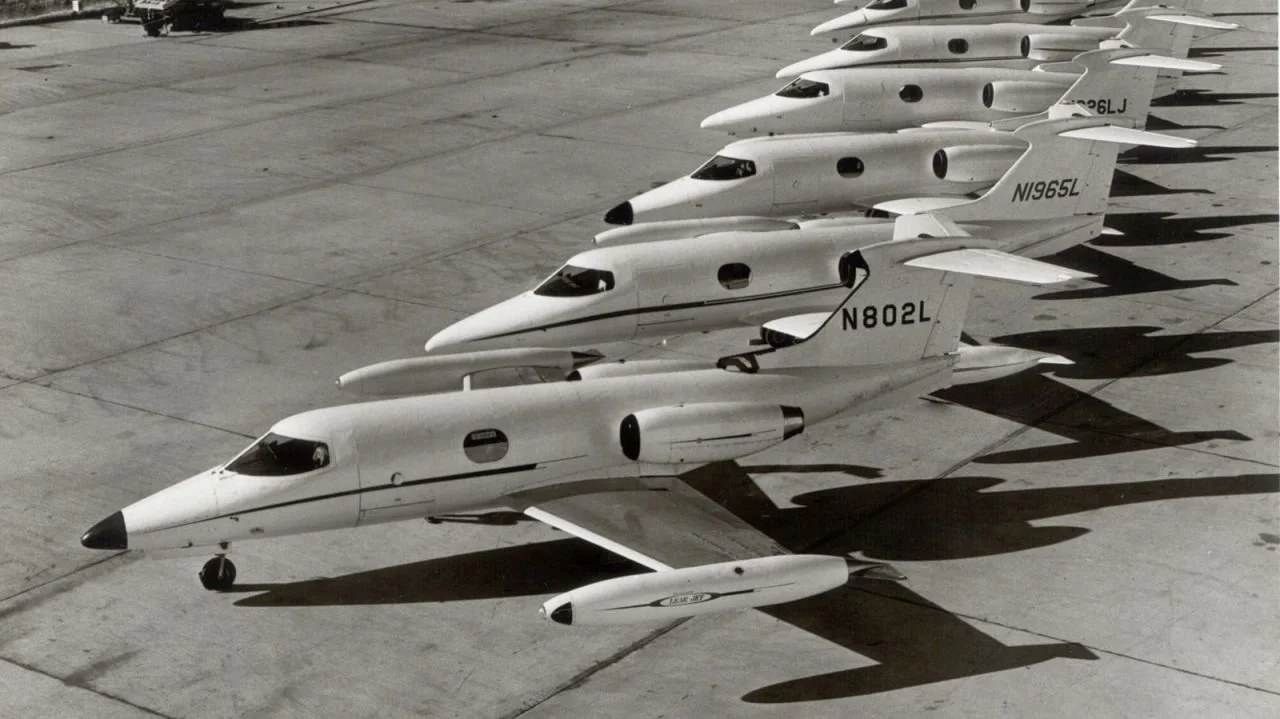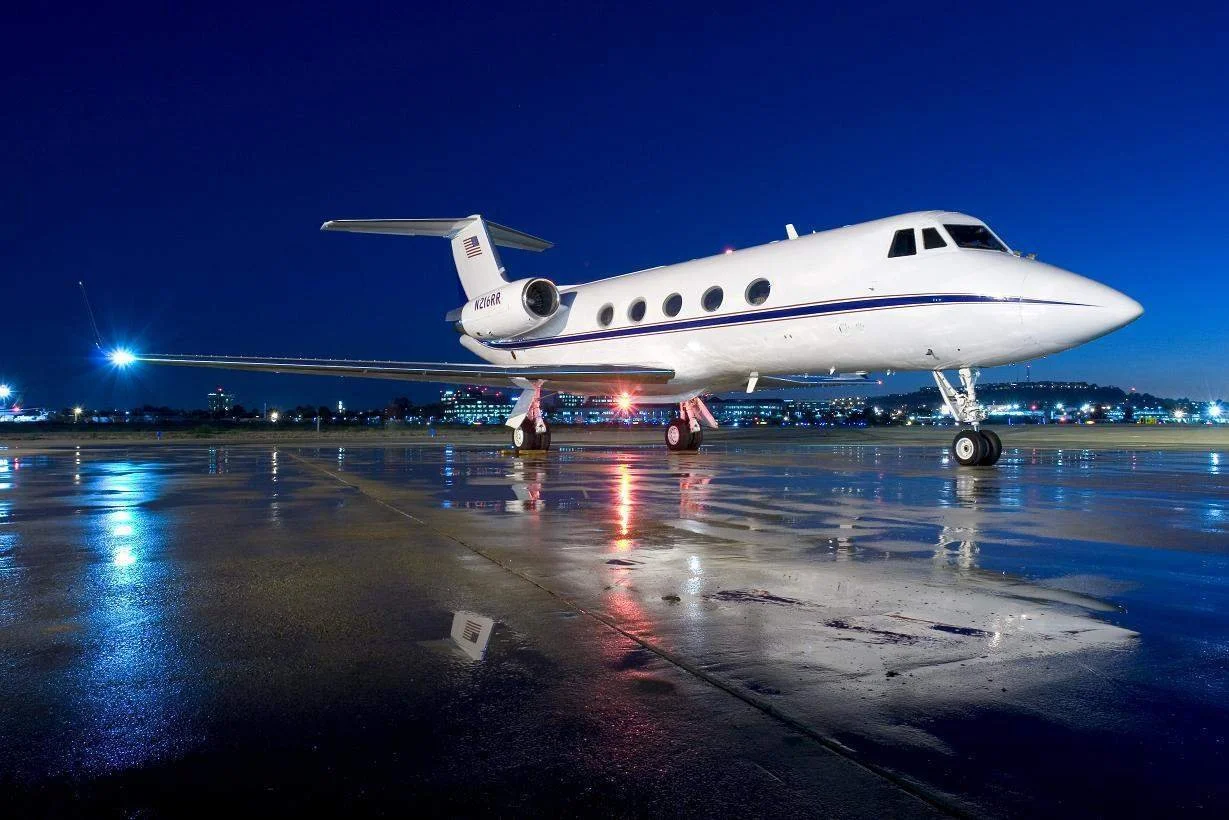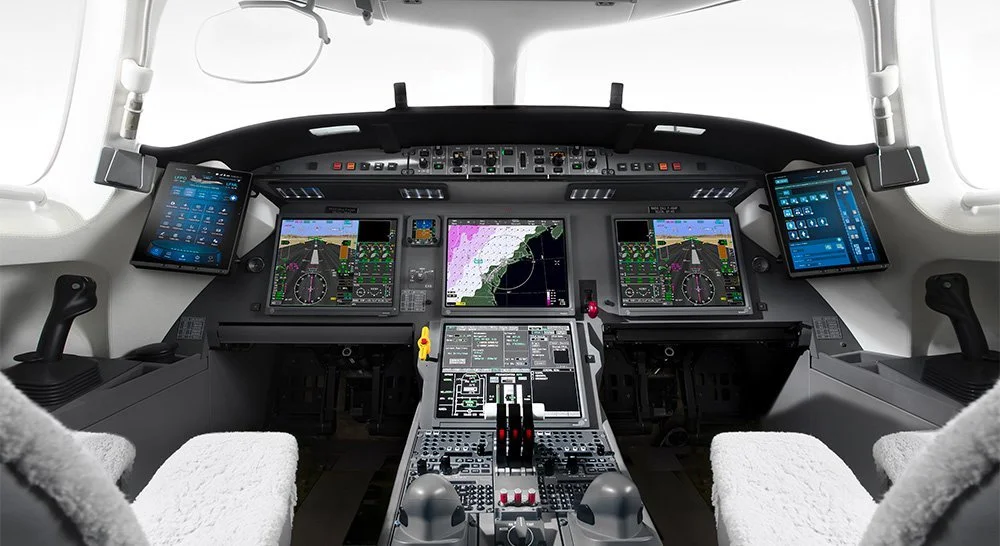The Rise of Business Jets
Private jets have long been synonymous with luxury and exclusivity, but the history of private jets is not just a status symbol for the elite. From the early days of aviation to the present, private jets have played a crucial role in shaping how we travel and do business. Here, we'll delve into the fascinating history of private jets, from their origins to their current status as a ubiquitous form of luxury transportation.
In 1950, the Lockheed Jetstar was the first official business jet, with a capacity of 10 passengers and two crew members. At this time, private jets weren't yet popular, but the Jetstar set the stage for the transformation of aviation as we know it today. Elvis Presley owned two Jetstar aircraft, showcasing their allure even then.
However, it wasn't until 1963 when Bill Lear built the Learjet 23 that private jets began to gain popularity. The Learjet 23 was a game-changer for the aviation industry, providing business people and affluent individuals with the ability to travel quickly and efficiently without having to rely on commercial airlines. Its smaller design, inspired by a Swiss military fighter jet, made it the fastest jet on the market at the time.
Gulfstream is credited with establishing the standard for large cabin private jets in 1966 with the release of the Gulfstream II. The Gulfstream II offered passengers a more elevated travel experience with greater passenger space and a longer travel distance without refueling. However, the Learjet 23 remained unbeatable in terms of speed at the time.
Over the years, numerous companies entered the private jet industry, each striving to build better, faster, and larger aircraft that catered to the needs of their owners and operators. Boeing introduced the BBJ 747-8i, the largest private jet with a capacity of up to 100 passengers. Meanwhile, in 2005, the Dassault Falcon 7x performed its first flight. The first jet that is fully fly-by-wire operates without the need for manual flight controls.
Currently, the industry is focused on developing environmentally friendly designs and exploring alternative fuel options. As a result, we can expect to see more sustainable private jets in the future.
While the private aviation industry's history is relatively short compared to the first flight in 1903, it has rapidly evolved into the remarkable aircraft we see today. If you're interested in learning more about the future of the industry, be sure to check out our article "The Future of BizAv."
